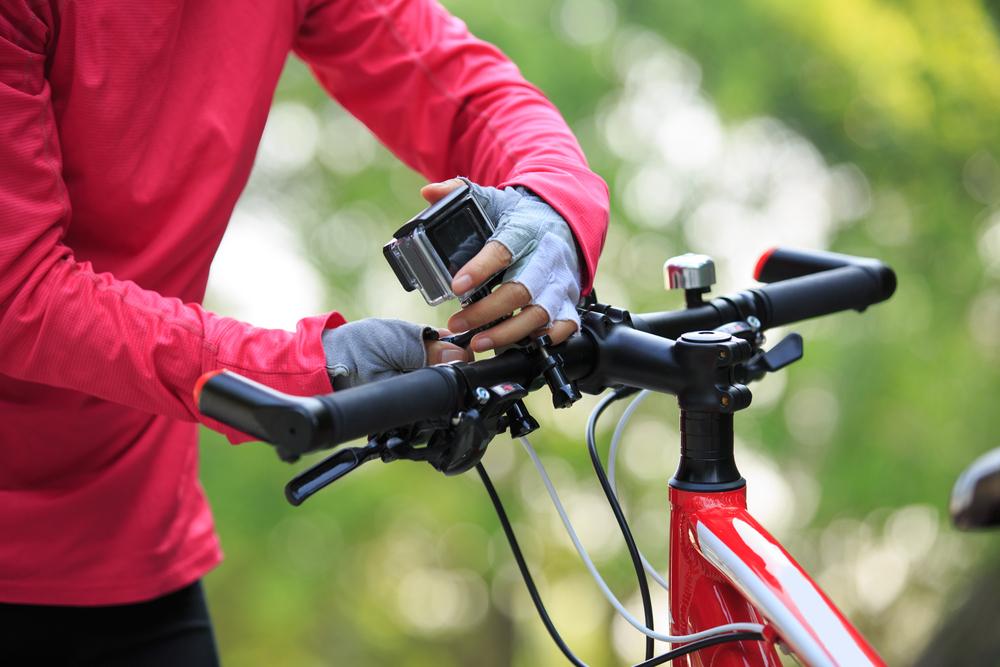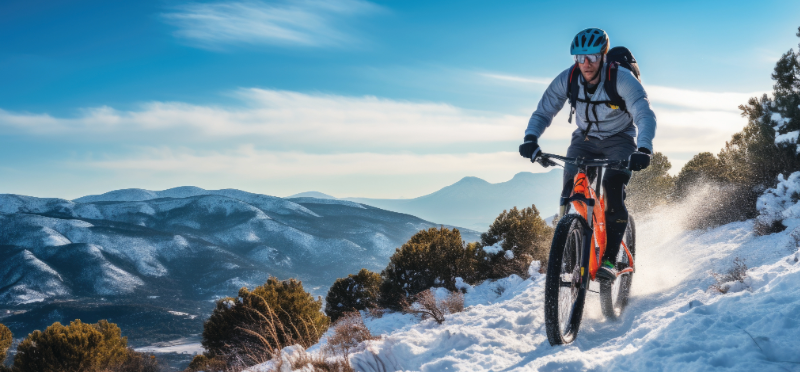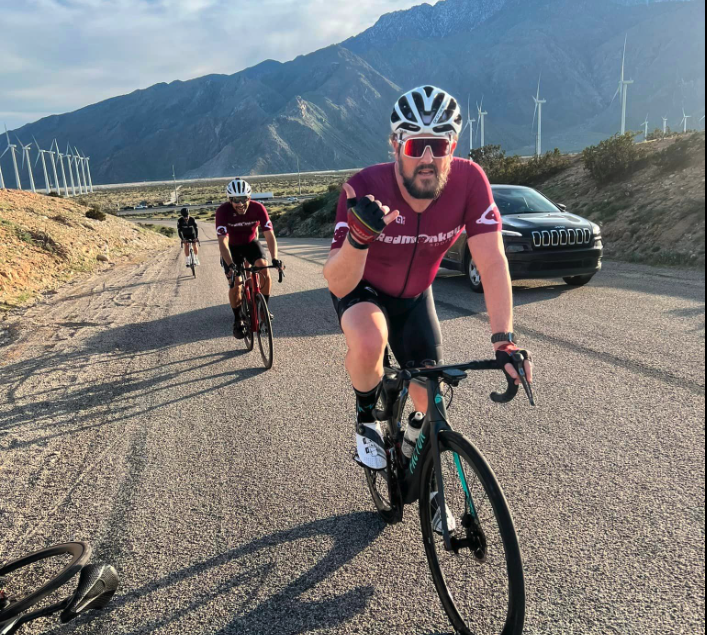Riding with cameras on your bicycle is helpful for many reasons and necessary for your protection. Here we’ll take a closer look at the benefits of having cameras when you ride, why you need two, and how to choose the right ones.
First, let’s explore how cameras can help you when cycling.
-
Accident Evidence
As bicycle injury lawyers, we are well-versed with cases that are “my word vs. yours” and it’s a more challenging task to prove undoubtedly who was at fault. Victims can greatly improve the strength of their cases when video footage is present. It is powerful for a judge and/or jury to actually see and hear the incident with their own eyes.
-
Deter Bike Bullies
Beyond proof in a court case, having cameras present on your bike can cause the drivers around you to think twice before acting. While not all drivers will notice the cameras, those that do, are more likely to follow the laws as you will have proof of any offenses. This is a preventative measure you can take to help protect yourself.
-
Spread Awareness
A third benefit is that you can spread footage from your rides on social media to raise awareness of the issues you face while cycling. Doing so can hopefully help more people understand what it is like to be a cyclist when drivers get too close, go too fast, etc.
-
Capture Awesome Footage
Lastly, if nothing else, you can capture some beautiful footage of rides that you can reminisce on later.
So it’s really no question whether you need a camera or not. It’s a smart move. But do you need two?
Do You Really Need a Camera on the Front and Back of Your Bike?
It’s ideal to have both a front-facing and rear-facing camera so that all incidents are captured whether they happen from the front or back. Two cameras also allow you to capture more footage, increasing the chances of identifying an offender.
If you only have one camera and have to choose where to place it, a back-facing position should probably be first as it gives you a better chance of capturing the face of the driver, the car, and the license plate. Further, many of the worst accidents happen as motorists come up from behind cyclists at high speeds and strike or swipe them, failing to allow proper distance or see the cyclist at all. Also, you can also dock your phone on your handlebars or pull it out to capture footage in front of you while it’s more difficult to record behind you.
What To Look for in a Bike Camera
How do you choose a bike camera? Consider that a person can only be charged if you can identify them behind the wheel of the car. If you can’t, they can say someone else was driving. Being so, it’s important to get a camera that can capture high-quality footage.
Here are some of the most important specs to look for:
-
1080p HD recording
-
60 frames per second (fps) (minimum of 30)
-
Minimum of 120 degrees of view
-
Electronic image stabilization
-
Long battery life (At least 3 hours continuous recording)
-
Water and dust resistant
-
Easy to snap on and off of a bicycle
-
Lightweight
-
Automatic lock so footage can’t be overwritten in the event of an accident
Some of the best cameras on the market now include:
-
Cycliq Fly6 or Fly 12
-
Go Pro Hero 7 or 8
-
Spy Tec Mobius
-
Garmin VIRB Ultra
Have you been the victim of a cycling accident in California? Contact BikeLegal today at 800-449-4850 for a free case review.







